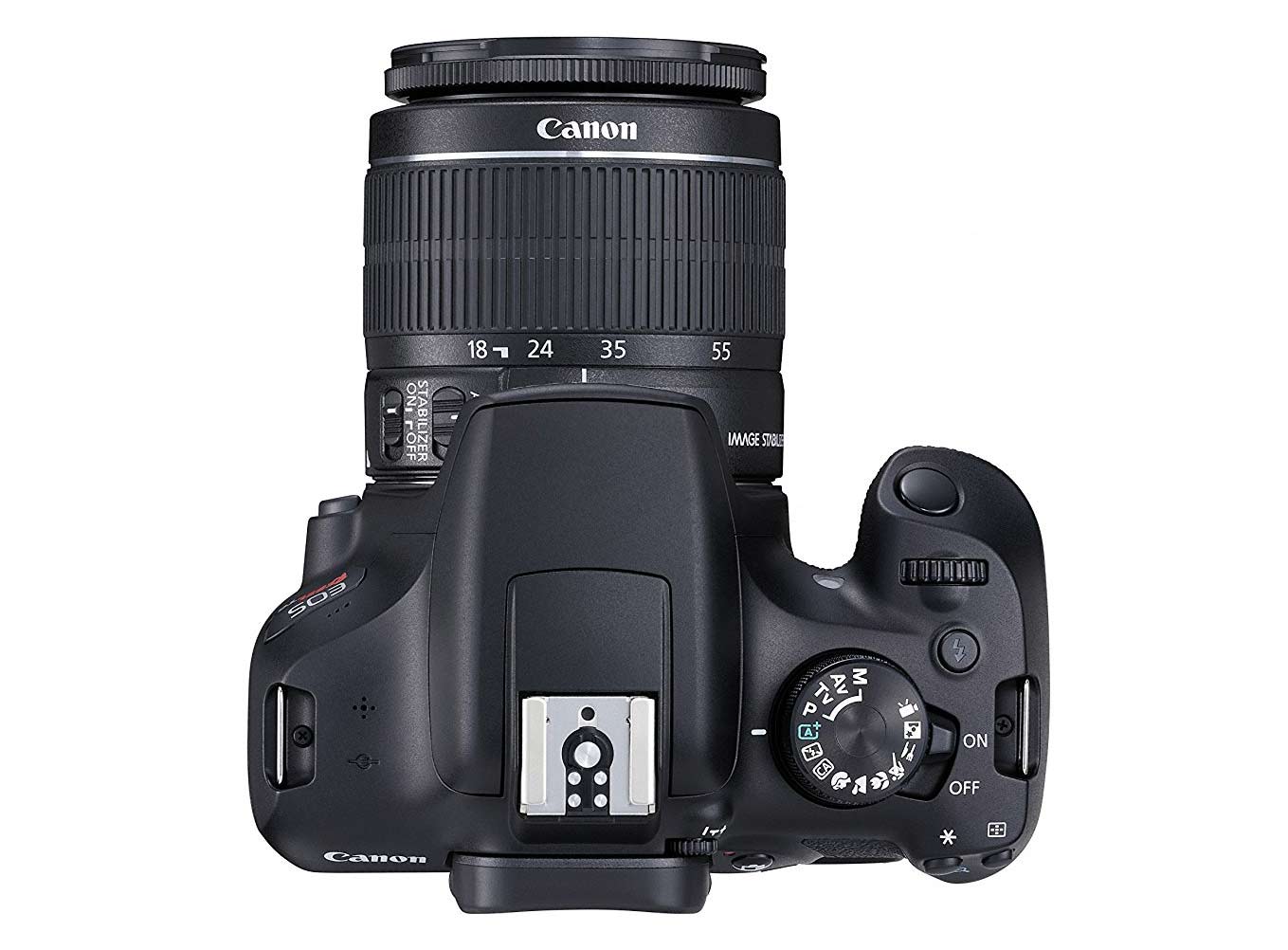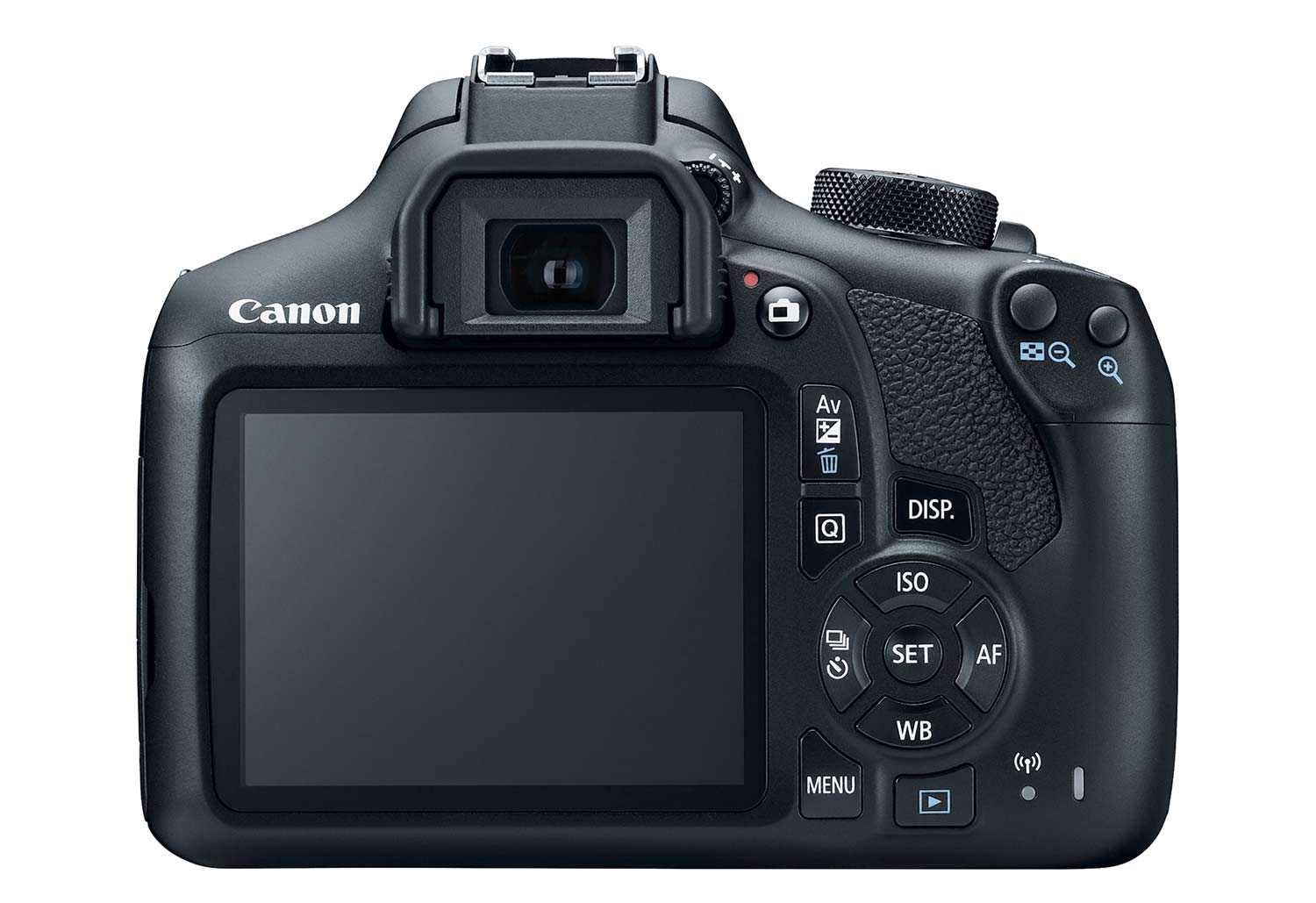Canon Rebel T6 Camera Tutorial
Quick tips
1. Start with the P (program auto) mode. Then, gradually work into shooting in TV (shutter priority) and AV (aperture priority), before moving on to full Manual mode (M). See below for a description of each mode and when to use the different options.
2. Set the camera to automatically rotate vertical images in the camera and on the computer. (Go to Setup menu > Auto Rotate, and choose the first option with icons of a camera and a computer.)
3. MakerMinds is a shared space, for consideration of others, turn off the beeper (Shooting menu, tab 1).
4. Keep the ISO at 1600 or below whenever possible to avoid image noise.
5. Press the camera icon to the right of the viewfinder to access Live View, which flips up the mirror so you can see the scene in the LCD (versus the viewfinder). For movies, move the mode dial to the movie camera icon; the camera automatically enters Live View. Then, press the camera icon next to the viewfinder (with a red dot) to start or stop recording video.
Getting to know the Canon T6 controls
The mode dial
The mode dial is where your picture-taking decisions begin. The selected mode not
only determines how the exposure is determined but also how many other features and
controls are accessible to you. For example, automatic settings (such as Auto, Portrait,
Landscape and Food) turn most control over to the camera while leaving you limited
options for features such as white balance. Manual controls (such as Program, Aperture
priority, Shutter-speed priority, and Manual exposure modes) provide more user options
for exposure and allow access to all of the other features the camera offers.

Though the fully automatic modes are easy to use, you're better off getting to know — and using — what is often referred to as PASM (Program, Aperture priority, Shutter priority and Manual). On the T6 mode dial, Aperture priority is labeled as AV (aperture value), and Shutter priority is labeled as TV (time value).
P = program auto exposure: Although Program is essentially an automatic mode in that the camera determines the shutter speed and aperture setting for the scene, you can adjust those parameters in tandem. If, for example, the initial shutter speed is too slow to hold the camera in your hand and get a steady shot, turn the main dial to adjust the shutter/aperture combination until you get a faster shutter speed. The camera will automatically change the aperture at the same time to ensure a proper exposure.
TV = Shutter priority: In this mode, you choose the shutter speed, and the camera selects the aperture. Unless you have very steady hands or are using a tripod, it's best to aim for a shutter speed of about 1/125 second or faster, especially if you're using Live View and have to hold the camera away from your body. Using the viewfinder when shooting helps stabilize the camera, since it's braced against your face and your arms are not outstretched. So try to shoot with the viewfinder when using slower shutter speeds.
To stop action, use a shutter speed of 1/200 second or faster; to blur images, like waterfalls, try 1/60 second or slower. Keep in mind, though, that if you're using the flash (either a built-in one or an accessory flash), the fastest shutter speed the camera allows is 1/200 second in order for the shutter and the flash to sync.
AV = Aperture priority: The main benefit of shooting in Aperture priority is the ability to control depth of field (how sharp the image appears from near to far). Aperture numbers can be a little confusing — the smaller the number (f/2.0), the larger the opening. This not only allows more light to hit the sensor for exposure but also delivers a shallow depth of field, which is perfect for portraits, since it blurs the background and emphasizes the main subject. For landscapes, you want a broader depth of field, so more of the image is in focus. To achieve this, stop down the aperture (by choosing a higher f/stop number).
M = Manual: This mode allows you to choose both the shutter speed and the aperture. Keep an eye on the exposure gauge in the viewfinder or on the LCD in Live View. When the mark is in the center, the image should be accurately exposed. If the exposure is not to your liking, you can easily adjust the shutter speed and/or aperture to make it brighter or darker.
The T6 also offers a fully Auto mode (look for the green A icon), a flash-off mode for when you can't or don't want the flash to automatically pop up if needed, a Creative Auto mode, and a handful of scene modes, such as Portrait, Landscape, Food and Close-up. Check the camera manual for full explanations of each. But be aware that your options are limited with all of these modes, and one of the keys to taking great pictures is putting yourself in control.
Other important controls
The T6 is equipped with a number of dedicated buttons that allow you to quickly adjust
settings.
Q: Press the Q button (located on the back of the camera) to bring up a detailed menu that allows you to change all the important settings when shooting in one of the PASM modes.

4-Way controls: Surrounding the Set button, you can press the arrow keys to adjust (clockwise from the left arrow) drive/self-timer, the ISO, autofocus (AF) and white balance (WB).
How do I shoot a portrait?
There are several types of portraits, ranging from posed to candid.
For the former, be sure to open up your aperture (low f/stop number) to blur the background, emphasizing your subject rather than his or her surroundings. Make sure the shutter speed is fast enough (1/125 second) to compensate for any movement of the camera — or of the subject.
When shooting a spontaneous portrait, use at least a 1/200 second shutter speed for a quick snapshot, since the person might move while you're taking a shot.
How do I shoot remotely?
Canon's Camera Connect app is a great way to take pictures without having to lay your hands on the camera. It's especially useful for shooting at slow shutter speeds, when even pressing the button might cause the camera to move, or when you want to photograph something where your presence might be distracting, such as wildlife.
To set up a connection, follow these steps:
1. Download the free Canon Camera Connect app to your smartphone or tablet. (It's available for Android and iOS devices.)
2. On the T6, go to the third tab of the Setup menu. Make sure Wi-Fi is set to Enable.
3. Scroll down to Wi-Fi function, and click Connect to Smartphone. Leave the nickname as EOS T6, or enter a different nickname. Click OK.
4. Choose Easy Connection, and click OK.
5. Go to the Wi-Fi settings on your smartphone, and click on the EOST6 network.
6. Enter the password (the encryption key number on the camera LCD), and click Join. The little Wi-Fi light on the back of the camera will blink while it's making the connection and will show a solid green light when you're good to go.
Once the connection has been made, start the Camera Connect app on your smartphone, and select the Canon EOS Rebel T6 to connect. If you get lost, follow the directions on the camera LCD and the Easy Connection Guide in the Canon Camera Connect app.
Tap on the Remote Live View shooting icon. This will enable Live View on the camera. The scene in front of the lens will appear on your smartphone.
You can change a few settings depending on your chosen exposure mode. These include f/stop or shutter speed, as well as exposure compensation, white balance, autofocus and drive mode. Just tap the round button on your smartphone screen to capture the image, and you're all set! Note that if you change the exposure mode on the camera, you'll have to reconnect all over again.
For more information please consult a manufacturer's user manual for Canon EOS Rebel T6